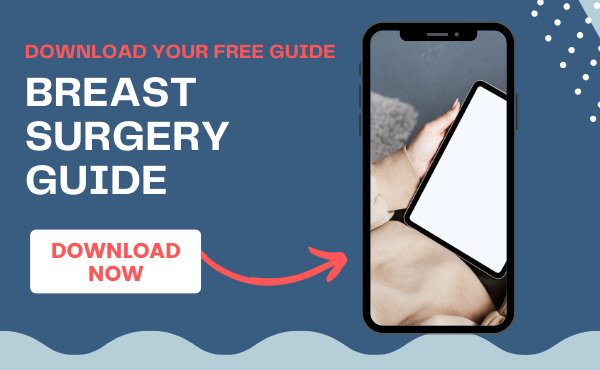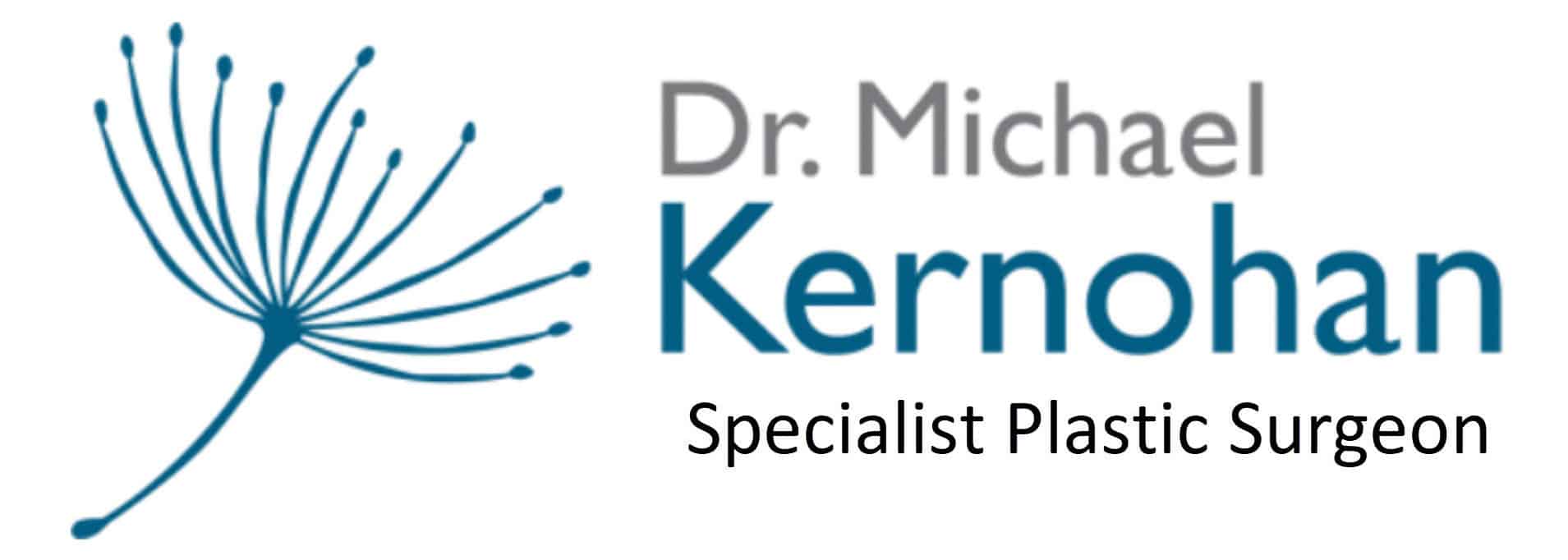The Role of Fat Transfer in Treating Breast Asymmetry
Breast asymmetry is a common condition where a woman’s breasts differ in size, shape, or position. While most women have some degree of difference between their breasts, significant asymmetry can affect how clothing fits and may lead to challenges in finding comfortable, well-fitting bras and swimwear. This condition can arise due to natural development, changes after pregnancy and breastfeeding, or as a result of a medical condition or surgery. Each individual’s experience with breast asymmetry is unique. The differences can range from subtle to more noticeable.
Fat transfer, also known as fat grafting or lipofilling, is a procedure that involves removing fat from one area of the body where it’s abundant and injecting it into another area that requires enhancement or correction—in this case, the breast. This technique has gained popularity due to its dual benefits: reducing unwanted fat in areas like the abdomen or thighs and using it to correct asymmetry in the breasts without introducing foreign materials into the body.
Sydney Specialist Plastic Surgeon Dr Michael Kernohan discusses the details of using fat transfer to correct breast asymmetry.
Download Dr Kernohan’s Cosmetic Breast Ultimate Guide

Fat Transfer vs. Breast Implants
When considering options for addressing breast asymmetry, individuals often compare fat transfer with breast implants. Both methods offer distinct advantages and cater to different preferences and medical considerations.
Fat transfer provides a natural alternative, using the body’s own fat to achieve a more symmetrical appearance. This option is often favoured by those seeking a relatively less invasive procedure and a more natural feel to the corrected breast. Additionally, since the procedure uses the individual’s fat, there’s a lower risk of allergic reactions or rejection by the body. However, the amount of augmentation possible is limited by the amount of available donor fat and how much of the transferred fat survives the process.
In contrast, breast implants involve inserting silicone or saline-filled devices into the breasts to achieve symmetry. Implants allow for more significant changes in size and shape and can offer a more predictable outcome in terms of volume. However, they also come with risks such as implant rupture, capsular contracture, and the need for replacement surgeries in the future.
How Is the Breast Asymmetry Correction with Fat Transfer Performed?
By breaking down each step, individuals can approach their decision and the procedure itself with confidence, knowing what to expect at each stage:
Initial Consultation
The process begins with an initial consultation, an important step in establishing a foundation of trust and understanding between the patient and the surgeon. During this meeting:
- Goals Discussion: Dr Kernohan will explore your aesthetic goals, what you hope to achieve with the procedure, and how these hopes align with the possibilities offered by fat transfer
- Assessment of Suitability: A comprehensive assessment will be conducted, including medical history, body type, and the availability of donor fat, to ensure you are a suitable candidate for the procedure
- Understanding the Procedure: Dr Kernohan will explain the procedure in detail, including the techniques used, the expected outcomes, and the limitations, ensuring you have a realistic expectation
- Risk and Recovery Overview: A frank discussion about the potential risks, recovery process, and the likelihood of needing additional treatments for optimal results
Preparation for Fat Transfer to the Breasts to Correct Asymmetry
Proper preparation is essential to a smooth procedure and recovery. In the weeks leading up to the surgery, you will be advised to:
- Dietary Adjustments: Follow a balanced diet to support your body’s healing process. Dr Kernohan may recommend specific supplements to enhance recovery
- Medication Management: You may need to stop or adjust certain medications or supplements that can increase bleeding risk, as advised by your surgeon
- Arrange Support: Organise for someone to drive you home after the procedure and, if possible, assist you for the first few days of your recovery
Breast Asymmetry Correction with Fat Transfer Procedure
On the day of the procedure, you’ll undergo several steps:
- Anaesthesia: The procedure usually requires local anaesthesia with sedation or general anaesthesia, depending on the extent of the fat transfer
- Liposuction: Fat is harvested from predetermined areas (such as the abdomen, thighs, or flanks) using liposuction, which involves making small incisions and using a cannula to remove the fat
- Fat Purification: The harvested fat is then processed and purified, removing impurities and isolating viable fat cells for transfer
- Injection into the Breasts: The prepared fat is carefully injected into the breasts at various depths and points to ensure a natural look and feel, focusing on achieving symmetry
Recovery after Breast Asymmetry Correction with Lipofilling
The recovery period is a crucial phase where your body heals and adjusts to the transferred fat:
- Immediate Aftercare: Expect soreness and swelling at both the donor and injection sites. Compression garments may be required to support healing
- Managing Discomfort: Pain medication will be prescribed to manage discomfort during the initial recovery phase
- Activity Restrictions: You’ll be advised on activities to avoid and for how long, to ensure optimal healing and fat survival
- Resuming Normal Activities: Gradually, you’ll be able to return to your daily routine, with full recovery varying from person to person
Weighing the Pros and Cons
While fat transfer presents a less invasive alternative to traditional breast augmentation methods, it is not free from risk. These risks are not merely procedural but also involve considerations of the outcomes and long-term effects. Some of the risks include:
- Infection and Bleeding: As with any surgical procedure, there’s a risk of infection at the injection or liposuction site. Bleeding, though less common, can occur and may require intervention
- Asymmetry and Irregularities: Achieving perfect symmetry is a primary goal, but there’s always a possibility of variations in how fat is absorbed, leading to asymmetry or contour irregularities
- Fat Necrosis: A condition where the transferred fat cells do not survive in their new environment, leading to calcification and possibly painful lumps
- Oil Cyst Formation: Dead fat cells can lead to the formation of oil cysts, which might require drainage
- Anaesthesia Complications: Though rare, reactions to anaesthesia can occur and pose significant risks during the procedure
It’s crucial for individuals to discuss these risks in depth with Dr Kernohan, ensuring a clear understanding of how these risks apply to their specific circumstances and what measures are taken to mitigate them.
Evaluating the Benefits
The decision to undergo fat transfer for breast asymmetry is often driven by the desire for a more balanced appearance. Among the benefits we can mention:
- Natural Results: Using one’s own fat creates a look and feel that synthetic implants can’t match, integrating seamlessly with the body’s natural contours
- Improved Body Contour: The dual benefit of removing fat from unwanted areas to enhance the breasts allows for an overall improvement in body contour and proportion
- Minimal Scarring: Compared to traditional breast augmentation, fat transfer involves smaller incisions, typically resulting in less noticeable scarring
- Reduced Risk of Rejection: As the procedure uses the body’s own tissue, the risk of an adverse reaction is significantly lower than with foreign materials
Lifestyle Changes to Maximise Fat Transfer Longevity
The process of achieving and maintaining the results from a fat transfer procedure extends far beyond the operating room. While the skill of the surgeon and the precision of the technique are foundational to successful outcomes, the longevity of these results is significantly influenced by the patient’s lifestyle choices post-surgery. A commitment to a healthy lifestyle is important in ensuring the durability of the fat transfer, affecting how the body adapts and maintains the newly transferred fat cells.
Post-surgery, the body requires time to establish a blood supply to the transferred fat cells, a process essential for the fat to survive and integrate into its new location. This phase underscores the importance of maintaining a stable weight. Significant fluctuations can alter the appearance of the fat transfer, as weight gain can cause fat cells to expand, and weight loss might lead to a decrease in volume.
Moreover, a balanced diet rich in nutrients supports the body’s healing process and can enhance the longevity of the fat transfer results. Foods high in vitamins, minerals, and antioxidants promote skin health and aid in the maintenance of the results. Additionally, staying hydrated is important, as adequate water intake supports overall health and maintains skin elasticity.
Regular exercise, after the initial recovery period and with Dr Kernohan’s approval, also plays a role in sustaining the outcomes. Physical activity helps in maintaining a stable weight, improving circulation, and enhancing the overall appearance of the skin and body contour. It’s important to choose exercises that support the results rather than compromise them, following any guidelines provided by Dr Michael Kernohan’s team.
Avoiding harmful habits, such as smoking and excessive alcohol consumption, is also essential. Smoking, in particular, impairs blood flow and can negatively impact the healing process and the survival of the transferred fat cells.
FAQs about Breast Asymmetry Correction with Fat Transfer

How do lifestyle choices impact the results of a fat transfer procedure?
- Lifestyle choices play a role in the longevity of fat transfer results. After the procedure, the body needs to establish a blood supply to the transferred fat cells for them to survive and integrate. A stable weight, balanced diet, and adequate hydration are key factors that influence this process. Weight fluctuations can alter the appearance of the transferred fat, and a nutritious diet supports the body’s healing and maintenance of the fat transfer. Regular exercise, post-recovery, helps in maintaining weight and improving circulation, which is beneficial for the overall appearance and longevity of the results.
Why is maintaining a stable weight important after a fat transfer procedure?
- Maintaining a stable weight after a fat transfer is essential because significant weight fluctuations can impact the volume and appearance of the transferred fat. Gaining weight can cause the fat cells to expand, potentially altering the desired contour and symmetry achieved by the procedure. Conversely, losing weight might lead to a decrease in volume, diminishing the results. For these reasons, patients are encouraged to adopt a healthy lifestyle that supports weight stability to preserve the outcomes of the surgery.
What kind of diet should I follow post-fat transfer to support the results?
- Post-fat transfer, it’s recommended to follow a balanced diet rich in vitamins, minerals, and antioxidants to support the body’s healing process and enhance the longevity of the results. Focus on consuming a variety of fruits, vegetables, lean proteins, and whole grains. These nutrients support skin health, aid in the maintenance of the transferred fat, and promote overall well-being. Additionally, staying well-hydrated by drinking plenty of water is crucial for maintaining skin elasticity and overall health.
When can I resume exercise after a fat transfer procedure, and are there any restrictions?
- You should follow Dr Kernohan’s specific advice regarding the resumption of exercise post-procedure, as the timing can vary depending on the individual’s healing process. Generally, light activities can be resumed within a few weeks, but strenuous exercises, especially those that may impact the treatment area, should be avoided until Dr Kernohan advises it’s safe. The goal is to maintain a stable weight and improve circulation without compromising the healing of the transferred fat.
How do smoking and alcohol consumption affect fat transfer results?
- Smoking and excessive alcohol consumption can negatively affect the outcomes of a fat transfer procedure. Smoking, in particular, impairs blood flow, which is essential for the healing process and the survival of the transferred fat cells. It can lead to complications, slower healing, and compromised results. Similarly, excessive alcohol consumption can interfere with the body’s healing process and lead to dehydration, affecting skin health and the overall appearance of the fat transfer. Patients are strongly advised to avoid smoking and limit alcohol intake to support the best possible outcomes.
Further Reading about Fat Transfer with Sydney Specialist Plastic Surgeon Dr Michael Kernohan
- Read more about Fat Transfer to Breasts Sydney
- Read more about How Can I Enlarge My Breasts?
- Read more about Options for Drooping Breasts after Weight Loss
- Read more about How to Get Firmer Breasts
- Read more about What are the most natural looking breast implants?





